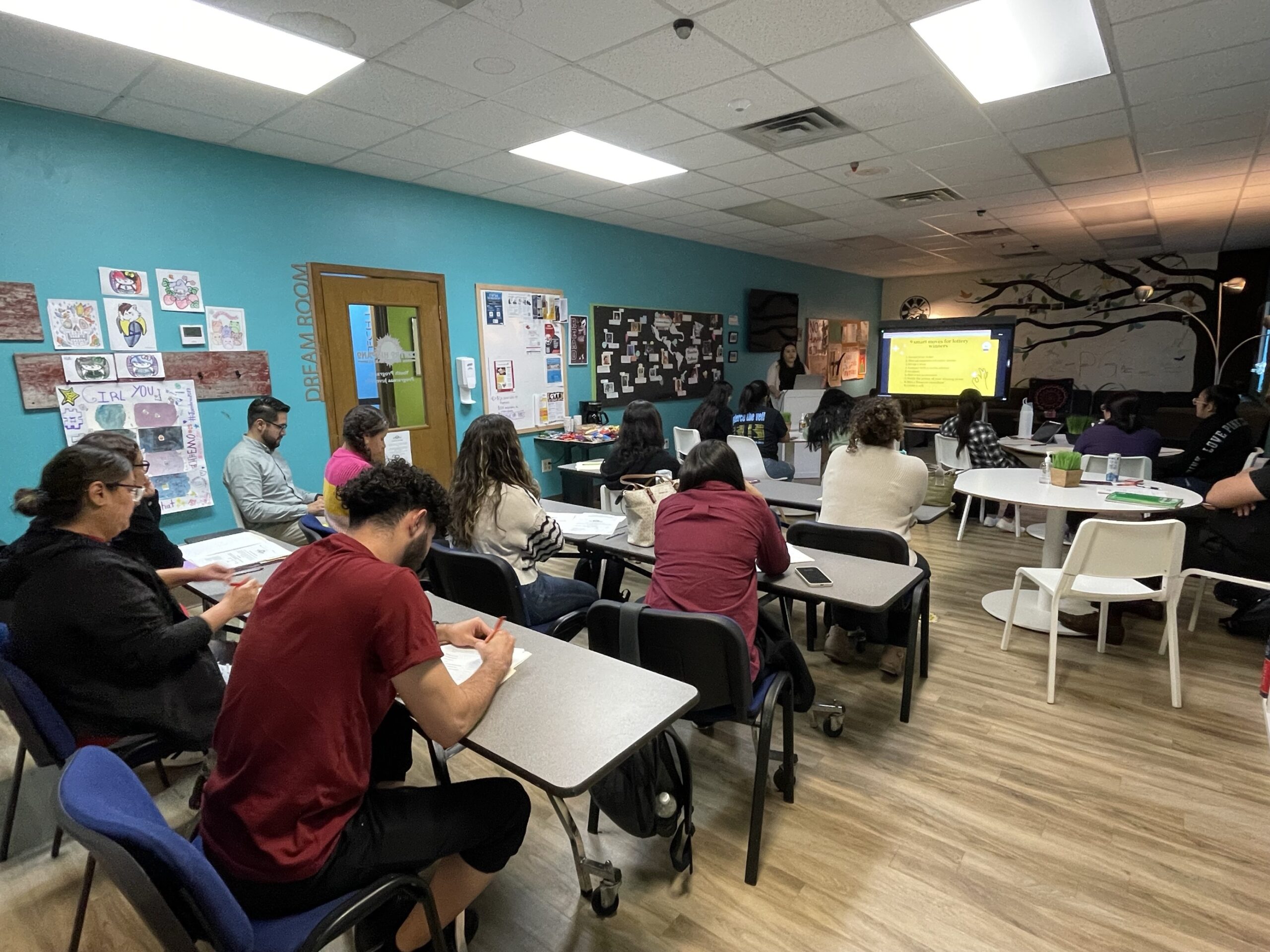National headlines remain centered on the ongoing case attempting to strip mifepristone’s FDA approval, restricting access to medical abortion in the United States. After a Texas judge ruled earlier this month to suspend its approval, emergency requests were filed by the drug’s manufacturer Danco Laboratories and the U.S. Justice Department to delay it. Supreme Court Justice Samuel Alito’s extension on the order keeping the drug available ends at 11:59 p.m. today.
What is mifepristone?
Mifepristone and misoprostol, when used together, are two medications considered the “gold standard” in medication abortion and are also used in the medical management of miscarriages. Mifepristone was first approved by the FDA in 2000, with the generic version following in 2019.
A 2020 Abortion Provider Census by Guttmacher Institute found that medication abortions accounted for 53 percent of all U.S. abortions. This number jumped from 39 percent in 2017.
Abortion access in Wisconsin
For Wisconsinites, this case would have little to no effect on abortion access, but could impact how miscarriages are handled. Healthcare providers in the state immediately ceased performing abortions after the June 24 Dobbs decision – even though the overturning of Roe v. Wade and an 1849 abortion law pushed Wisconsin into a state of limbo regarding whether or not abortion is actually legal.
But Jenny Higgins, Director of the University of Wisconsin-Madison’s Collaborative for Reproductive Equity (CORE), says that accessing abortion care in the state was an issue long before these recent rulings.
“We’re overlooking the fact that many people were living in a post-Roe world for decades,” said the UW-Madison Professor of Obstetrics and Gynecology.
24-hour waiting periods, parental consent requirements, and availability of abortion clinics were some of the issues patients faced when abortions were still performed. The Green Bay Press Gazette reported in 2022, that there were only four clinics providing abortions in the state.
“If you live right in Beloit, it might be closer to get to Rockford, IL… even before Roe v. Wade [was overturned], some people were getting care out of state,” said Higgins.
Planned Parenthood of Wisconsin and Illinois announced a partnership immediately after Roe fell to help support the influx of people who would cross state lines for abortion care. NPR reported that 60% of Waukegan’s Planned Parenthood patients derived from out of town, mostly coming from Wisconsin. While many people seek care in neighboring states like Illinois or Minnesota, not everyone has the financial means to do so.
Cost of care
CORE estimates that on average abortion costs – including medical, travel, hotel, childcare and missed wages – over $1,000. For context, 75 percent of abortion patients have low income.
“If you don’t have a car, if you are having food insecurity, if you are having mental health challenges, even a difference of 300 miles or 200 miles can be the deciding factor between whether you’re able to obtain a desired abortion or carry a pregnancy to term,” Higgins explained.
Besides the financial burden, research suggests that forced pregnancy does impact one’s mental health. Women who are denied abortion report higher stress and anxiety, lower self esteem and lower life satisfaction than women who had an abortion, according to a JAMA Psychiatry study.
With 60 percent of abortion seekers being people of color, abortion bans disproportionately impact minority populations.
“Women of color face more structural barriers to care to begin with, and those inequities are exacerbated when these policies further diminish their power and bodily autonomy,” said Wizdom Powell, Chief Social Impact and Diversity Officer at Headspace Health.
6,430 abortions took place in Wisconsin in 2020. So on average, about 590 fewer abortions were performed in Wisconsin each month since the Dobbs decision.
“We already know that Wisconsinites have been forced to carry pregnancies to term who otherwise wouldn’t have been, and so given that now all of the clinics in our state don’t offer abortion care, we can say with some certainty that we’ll see increases in birth rates and those will be highly concentrated among people who are financially and structurally oppressed,” said Higgins.




